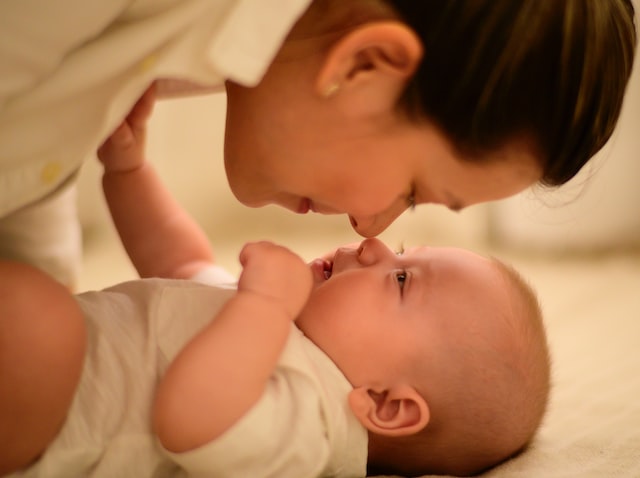Attachment Styles: Definition, Types, and TheoryBy Kelsey Schultz, Ph.D. Candidate
Reviewed by Tchiki Davis, M.A., Ph.D. Our attachment style is an important part of how we live our lives. Keep reading for more on what attachment styles are and where they come from.
For example, as children, we are completely dependent on our parents for our survival. Our survival needs include food, water, and shelter as well as a sense of security and connection. When all of these needs are consistently met, we develop a model of the world in which people are safe and loving and we are worthy of that love. However, when our caregivers are unreliable and these needs go unmet, we develop a model of the world in which we are unsafe and unworthy of love and safety. It is these early childhood experiences that give rise to what is known as our attachment style. Let’s talk more about attachment styles and how we can better understand them.
Before reading on, if you're a therapist, coach, or wellness entrepreneur, be sure to grab our free Wellness Business Growth eBook to get expert tips and free resources that will help you grow your business exponentially.
Are You a Therapist, Coach, or Wellness Entrepreneur?
Grab Our Free eBook to Learn How to
|
Are You a Therapist, Coach, or Wellness Entrepreneur?
Grab Our Free eBook to Learn How to Grow Your Wellness Business Fast!
|
Terms, Privacy & Affiliate Disclosure | Contact | FAQs
* The Berkeley Well-Being Institute. LLC is not affiliated with UC Berkeley.
Copyright © 2024, The Berkeley Well-Being Institute, LLC
* The Berkeley Well-Being Institute. LLC is not affiliated with UC Berkeley.
Copyright © 2024, The Berkeley Well-Being Institute, LLC




